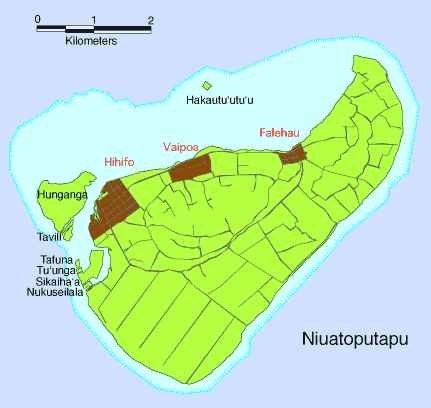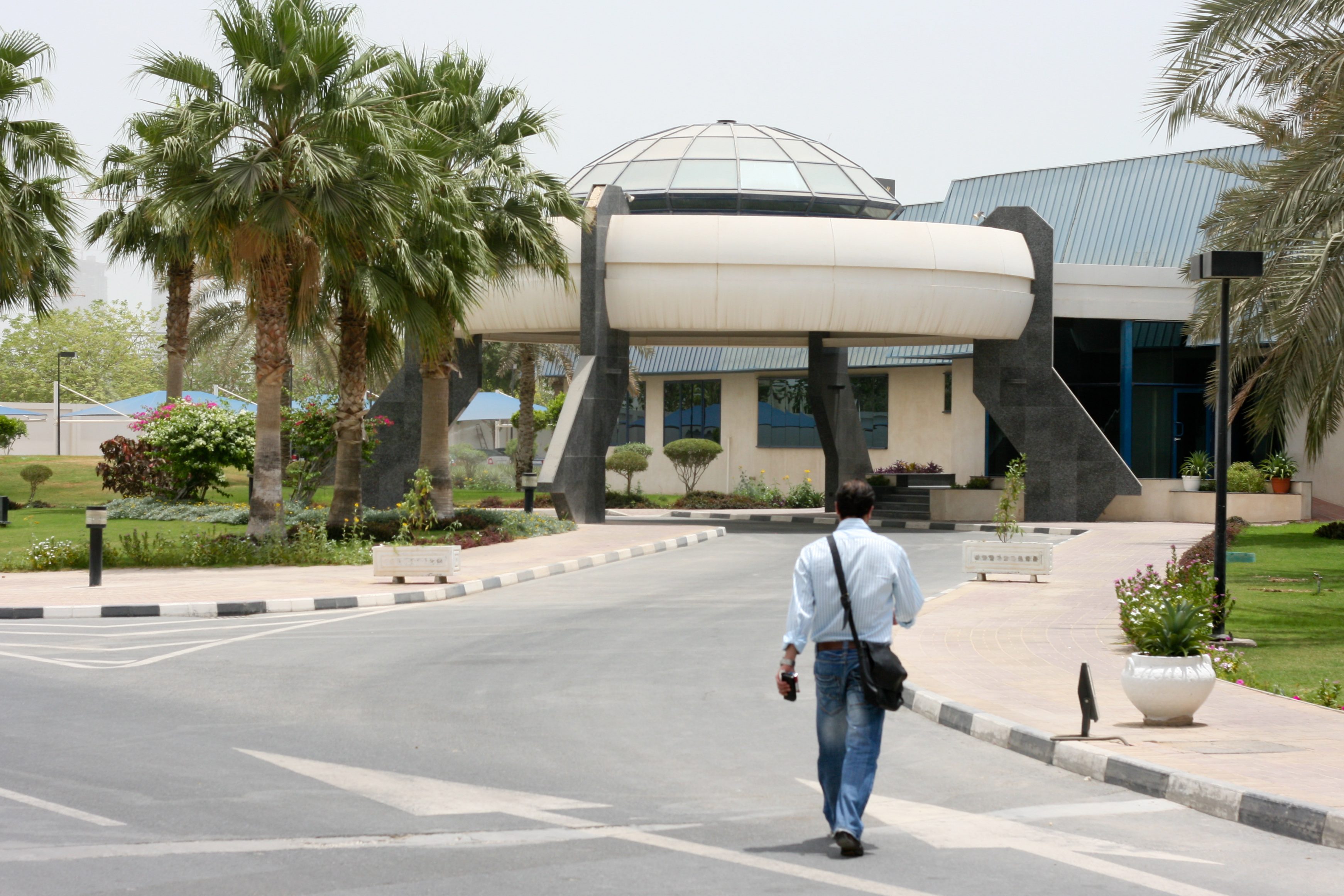|
Hihifo
Hihifo is the main village on the island of Niuatoputapu in the Kingdom of Tonga. Hihifo (which means 'west' in the Tongan language) is situated on the west side of Niuatoputapu and is the main centre for public and government facilities that serve the island residents, including a post office and police station. The other two villages on Niuatoputapu are Falehau and Vaipoa. The population of the village is 301 (as of 2021). Overview Hihifo was extensively damaged in the 2009 Samoa earthquake and tsunami with a number of fatalities. The tsunami followed an 8.0 earthquake in the Samoan Islands region at 06:48:11 local time on September 29, 2009 (17:48:11 UTC). Report o [...More Info...] [...Related Items...] OR: [Wikipedia] [Google] [Baidu] |
Niuatoputapu
Niuatoputapu is a high island in the island nation of Tonga, Pacific Ocean. Its highest point is , and its area is . Its name means ''sacred island''. Older European names for the island are Traitors Island or Keppel Island. Niuatoputapu is located in the north of the Tonga island group, away from Vavau near the border with Samoa. Its closest neighbours are the small island of Tafahi, which is only to the north-northeast, and the island of Niuafo'ou. Those three islands together form the administrative division of the Niuas. Niuatoputapu Airport accepts international flights. The population was 719 in 2021. Until several centuries ago, the inhabitants spoke the Niuatoputapu language, but it was replaced by the Tongan language and went extinct. Nevertheless, the variety of Tongan spoken on Niuatoputapu contains elements of Samoan, Uvean, and Futunan. Geography Niuatoputapu’s highest central area, just beside Vaipoa, is a hill only high. It is the eroded remnant of a ... [...More Info...] [...Related Items...] OR: [Wikipedia] [Google] [Baidu] |
Niuatoputapu Women From Hihifo Fishing (1969)
Niuatoputapu is a high island in the island nation of Tonga, Pacific Ocean. Its highest point is , and its area is . Its name means ''sacred island''. Older European names for the island are Traitors Island or Keppel Island. Niuatoputapu is located in the north of the Tonga island group, away from Vavau near the border with Samoa. Its closest neighbours are the small island of Tafahi, which is only to the north-northeast, and the island of Niuafo'ou. Those three islands together form the administrative division of the Niuas. Niuatoputapu Airport accepts international flights. The population was 719 in 2021. Until several centuries ago, the inhabitants spoke the Niuatoputapu language, but it was replaced by the Tongan language and went extinct. Nevertheless, the variety of Tongan spoken on Niuatoputapu contains elements of Samoan, Uvean, and Futunan. Geography Niuatoputapu’s highest central area, just beside Vaipoa, is a hill only high. It is the eroded remnant of a ... [...More Info...] [...Related Items...] OR: [Wikipedia] [Google] [Baidu] |
2009 Samoa Earthquake And Tsunami
The 2009 Samoa earthquake and tsunami took place on 29 September 2009 in the southern Pacific Ocean adjacent to the Kermadec-Tonga subduction zone. The submarine earthquake occurred in an extensional environment and had a moment magnitude of 8.1 and a maximum Mercalli intensity of VI (''Strong''). It was the largest earthquake of 2009. The earthquake initiated with a normal-faulting event with a magnitude of 8.1. Within two minutes of the earthquake rupture, two large magnitude 7.8 earthquakes occurred on the subduction zone interface. The two magnitude 7.8 earthquakes had a combined magnitude equivalent to 8.0. The event can be considered a doublet earthquake. Normal and thrust faulting triggered a tsunami which caused substantial damage and loss of life in Samoa, American Samoa, and Tonga. The Pacific Tsunami Warning Center recorded a rise in sea levels near the epicenter, and New Zealand scientists determined that the waves measured at their highest on the Samoan coast ... [...More Info...] [...Related Items...] OR: [Wikipedia] [Google] [Baidu] |
Falehau
Falehau is a village on the island of Niuatoputapu in Tonga. The population is 218. The other two villages on Niuatoputapu are Hihifo, which is the main village on the island, and Vaipoa. Falehau was extensively damaged by the 2009 Samoa earthquake and tsunami. L.A. Times aerial photo The tsunami resulted from an 8.0 moment magnitude scale, Mw in the Samoan Islands
[...More Info...] [...Related Items...] OR: [Wikipedia] [Google] [Baidu] |
Vaipoa
Vaipoa is one of three villages on the island of Niuatoputapu in Tonga. The population is 172. The other two villages on Niuatoputapu are Hihifo, which is the main village on the island, and Falehau. Niuatoputapu was extensively damaged in the 2009 Samoa earthquake and tsunami L.A. Times aerial photo with a number of fatalities. The tsunami followed an earthquake of an 8.0 moment magnitude scale, Mw in the |
Tonga
Tonga (, ; ), officially the Kingdom of Tonga ( to, Puleʻanga Fakatuʻi ʻo Tonga), is a Polynesian country and archipelago. The country has 171 islands – of which 45 are inhabited. Its total surface area is about , scattered over in the southern Pacific Ocean. As of 2021, according to Johnson's Tribune, Tonga has a population of 104,494, 70% of whom reside on the main island, Tongatapu. The country stretches approximately north-south. It is surrounded by Fiji and Wallis and Futuna (France) to the northwest; Samoa to the northeast; New Caledonia (France) and Vanuatu to the west; Niue (the nearest foreign territory) to the east; and Kermadec (New Zealand) to the southwest. Tonga is about from New Zealand's North Island. First inhabited roughly 2,500 years ago by the Lapita civilization, Tonga's Polynesian settlers gradually evolved a distinct and strong ethnic identity, language, and culture as the Tongan people. They were quick to establish a powerful footing acr ... [...More Info...] [...Related Items...] OR: [Wikipedia] [Google] [Baidu] |
Tongan Language
Tongan (English pronunciation: or ; ') is an Austronesian language of the Polynesian branch native to the island nation of Tonga. It has around 187,000 speakers. It uses the word order verb–subject–object. Related languages Tongan is one of the multiple languages in the Polynesian branch of the Austronesian languages, along with Hawaiian, Māori, Samoan and Tahitian, for example. Together with Niuean, it forms the Tongic subgroup of Polynesian. Tongan is unusual among Polynesian languages in that it has a so-called ''definitive accent''. As with all Polynesian languages, Tongan has adapted the phonological system of proto-Polynesian. # Tongan has retained the original proto-Polynesian *h, but has merged it with the original *s as . (The found in modern Tongan derives from *t before high front vowels). Most Polynesian languages have lost the original proto-Polynesian glottal stop ; however, it has been retained in Tongan and a few other languages including Rapa Nu ... [...More Info...] [...Related Items...] OR: [Wikipedia] [Google] [Baidu] |
Al Jazeera
Al Jazeera ( ar, الجزيرة, translit-std=DIN, translit=al-jazīrah, , "The Island") is a state-owned Arabic-language international radio and TV broadcaster of Qatar. It is based in Doha and operated by the media conglomerate Al Jazeera Media Network. The flagship of the network, its station identification, is ''Al Jazeera.'' The patent holding is a " private foundation for public benefit" under Qatari law. Under this organizational structure, the parent receives funding from the government of Qatar but maintains its editorial independence. In June 2017, the Saudi, Emirati, Bahraini, and Egyptian governments insisted on the closure of the entire conglomerate as one of thirteen demands made to the Government of Qatar during the Qatar diplomatic crisis. The channel has been criticised by some organisations as well as nations such as Saudi Arabia for being "Qatari propaganda". Etymology In Arabic, ' literally means "the island". However, it refers here to the Arabian ... [...More Info...] [...Related Items...] OR: [Wikipedia] [Google] [Baidu] |
Earthquake
An earthquake (also known as a quake, tremor or temblor) is the shaking of the surface of the Earth resulting from a sudden release of energy in the Earth's lithosphere that creates seismic waves. Earthquakes can range in intensity, from those that are so weak that they cannot be felt, to those violent enough to propel objects and people into the air, damage critical infrastructure, and wreak destruction across entire cities. The seismic activity of an area is the frequency, type, and size of earthquakes experienced over a particular time period. The seismicity at a particular location in the Earth is the average rate of seismic energy release per unit volume. The word ''tremor'' is also used for non-earthquake seismic rumbling. At the Earth's surface, earthquakes manifest themselves by shaking and displacing or disrupting the ground. When the epicenter of a large earthquake is located offshore, the seabed may be displaced sufficiently to cause a tsunami. Earthquakes ... [...More Info...] [...Related Items...] OR: [Wikipedia] [Google] [Baidu] |
Samoan Islands
The Samoan Islands ( sm, Motu o Sāmoa) are an archipelago covering in the central South Pacific, forming part of Polynesia and of the wider region of Oceania. Administratively, the archipelago comprises all of the Independent State of Samoa and most of American Samoa (apart from Swains Island, which is geographically part of the Tokelau Islands). The land masses of the two Samoan jurisdictions are separated by of ocean at their closest points. The population of the Samoan Islands is approximately 250,000. The inhabitants have in common the Samoan language, a culture known as '' fa'a Samoa,'' and an indigenous form of governance called '' fa'amatai''. Samoans are one of the largest Polynesian populations in the world, and most are of exclusively Samoan ancestry. The oldest known evidence of human activity in the Samoan Islands dates to around 1050 BCE. It comes from a Lapita site at Mulifanua wharf on Upolu island. In 1768, the eastern islands were visited by the French explo ... [...More Info...] [...Related Items...] OR: [Wikipedia] [Google] [Baidu] |
Coordinated Universal Time
Coordinated Universal Time or UTC is the primary time standard by which the world regulates clocks and time. It is within about one second of mean solar time (such as UT1) at 0° longitude (at the IERS Reference Meridian as the currently used prime meridian) and is not adjusted for daylight saving time. It is effectively a successor to Greenwich Mean Time (GMT). The coordination of time and frequency transmissions around the world began on 1 January 1960. UTC was first officially adopted as CCIR Recommendation 374, ''Standard-Frequency and Time-Signal Emissions'', in 1963, but the official abbreviation of UTC and the official English name of Coordinated Universal Time (along with the French equivalent) were not adopted until 1967. The system has been adjusted several times, including a brief period during which the time-coordination radio signals broadcast both UTC and "Stepped Atomic Time (SAT)" before a new UTC was adopted in 1970 and implemented in 1972. This change also ... [...More Info...] [...Related Items...] OR: [Wikipedia] [Google] [Baidu] |
Los Angeles Times
The ''Los Angeles Times'' (abbreviated as ''LA Times'') is a daily newspaper that started publishing in Los Angeles in 1881. Based in the LA-adjacent suburb of El Segundo since 2018, it is the sixth-largest newspaper by circulation in the United States. The publication has won more than 40 Pulitzer Prizes. It is owned by Patrick Soon-Shiong and published by the Times Mirror Company. The newspaper’s coverage emphasizes California and especially Southern California stories. In the 19th century, the paper developed a reputation for civic boosterism and opposition to labor unions, the latter of which led to the bombing of its headquarters in 1910. The paper's profile grew substantially in the 1960s under publisher Otis Chandler, who adopted a more national focus. In recent decades the paper's readership has declined, and it has been beset by a series of ownership changes, staff reductions, and other controversies. In January 2018, the paper's staff voted to unionize and fi ... [...More Info...] [...Related Items...] OR: [Wikipedia] [Google] [Baidu] |







